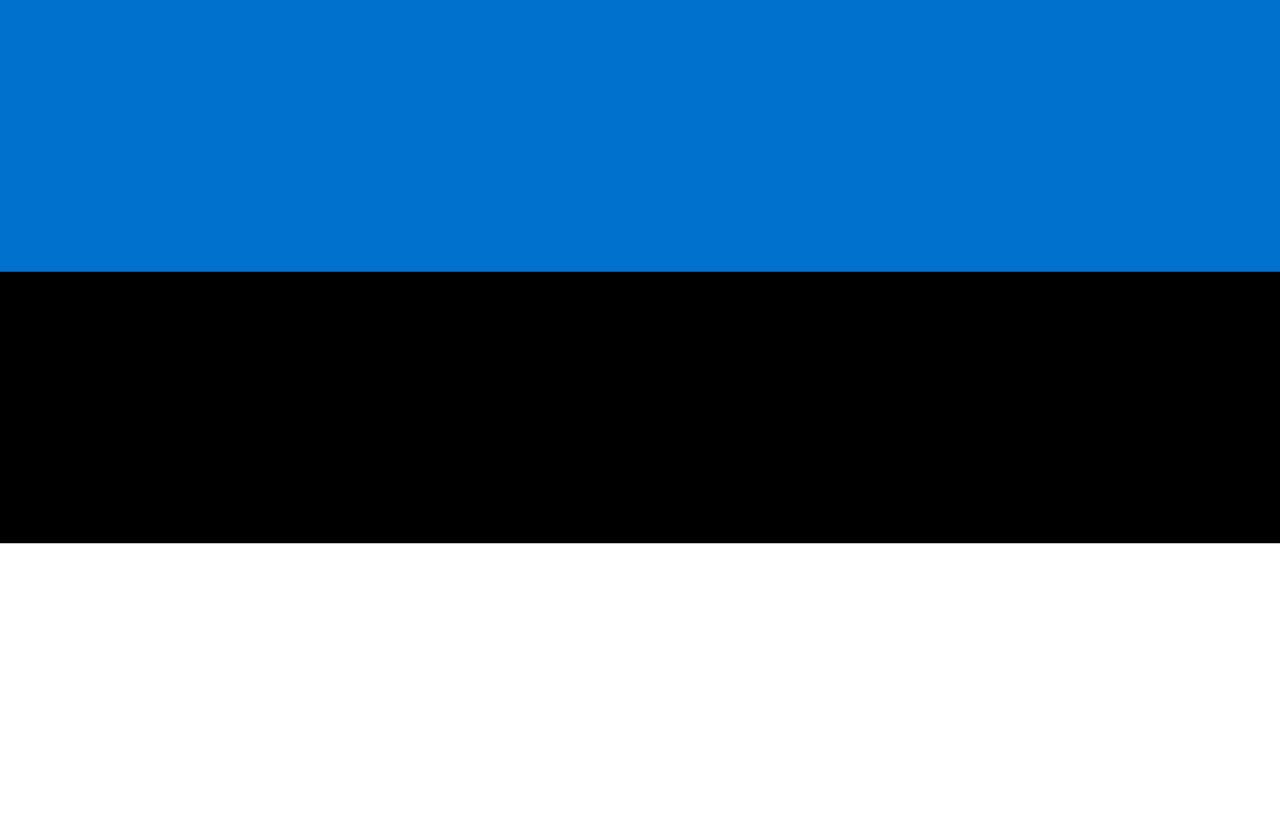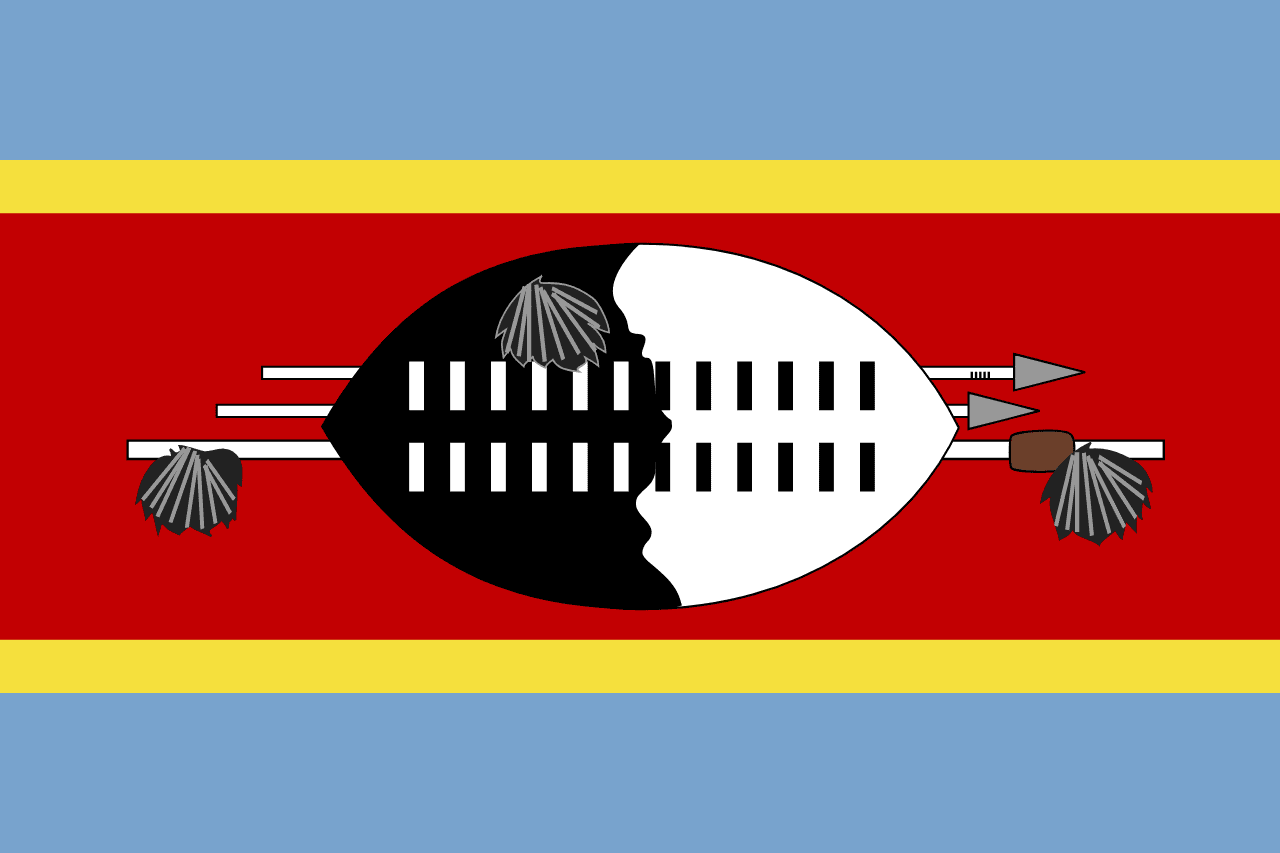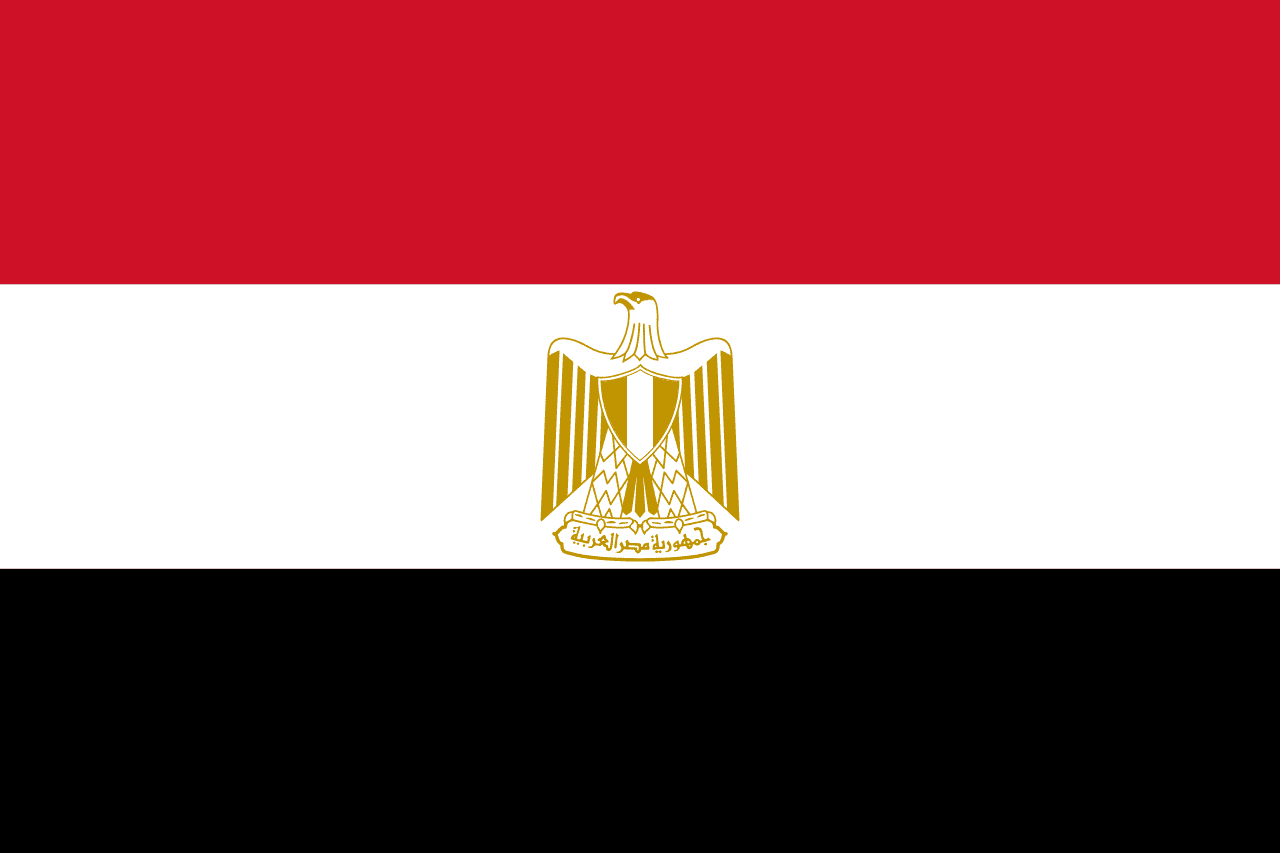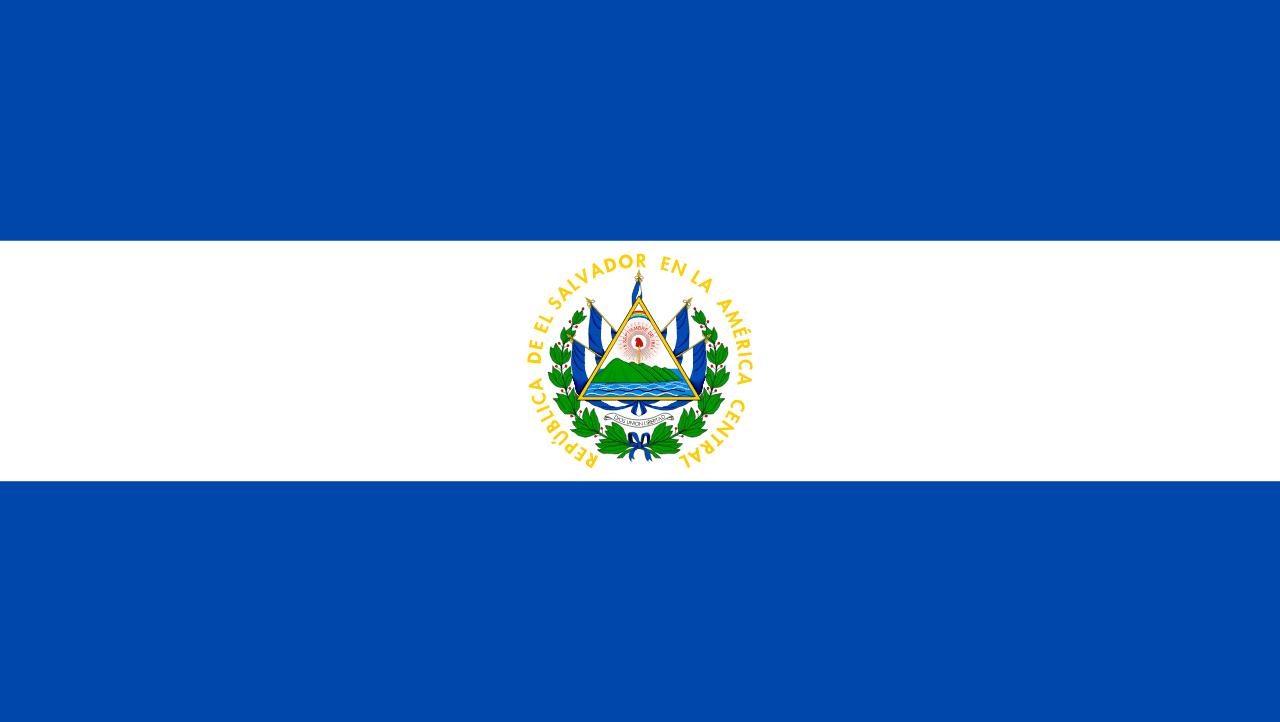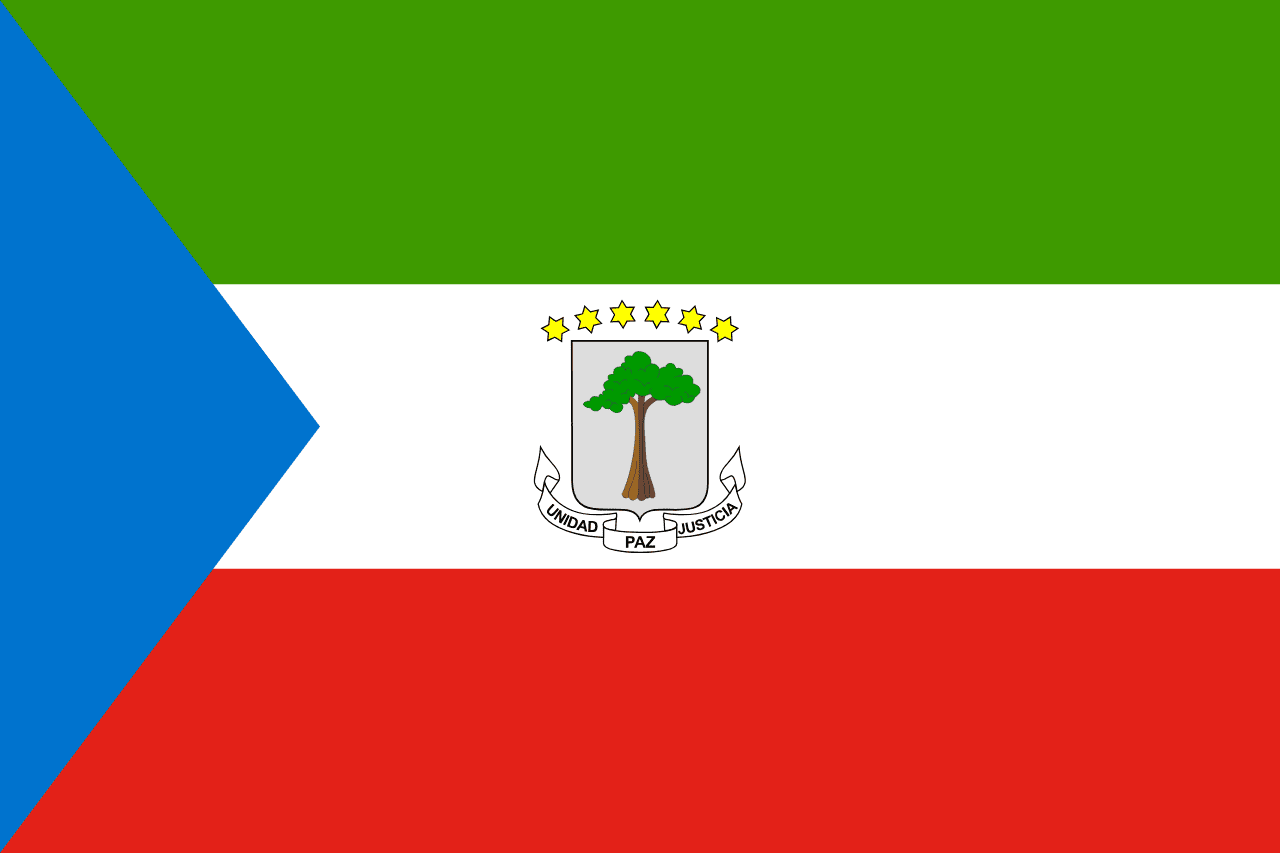The flag of Eritrea features a striking design with a red isosceles triangle extending from the hoist to the fly, complemented by a green triangle above and a blue triangle below. Within the red triangle, a gold wreath surrounding an upright olive branch stands as a prominent symbol.
Eritrea information
| National Flag Day | — |
| Sovereign state | Yes |
| Official name | State of Eritrea |
| Capital | Asmara |
| Population | 3,515,157 |
| Area | 125,000 km² |
| Currency | Eritrean nakfa (ERN) |
| Language | Tigrinya, Arabic, English |
| Continent | Africa |
| Region | East Africa |
| Subregion | Horn of Africa |
| Borders | Djibouti, Ethiopia, Sudan |
| Timezone | East Africa Time (EAT) UTC+3 |
| Calling code | +291 |
| Top-level domain | .er |
History of the Eritrean flag
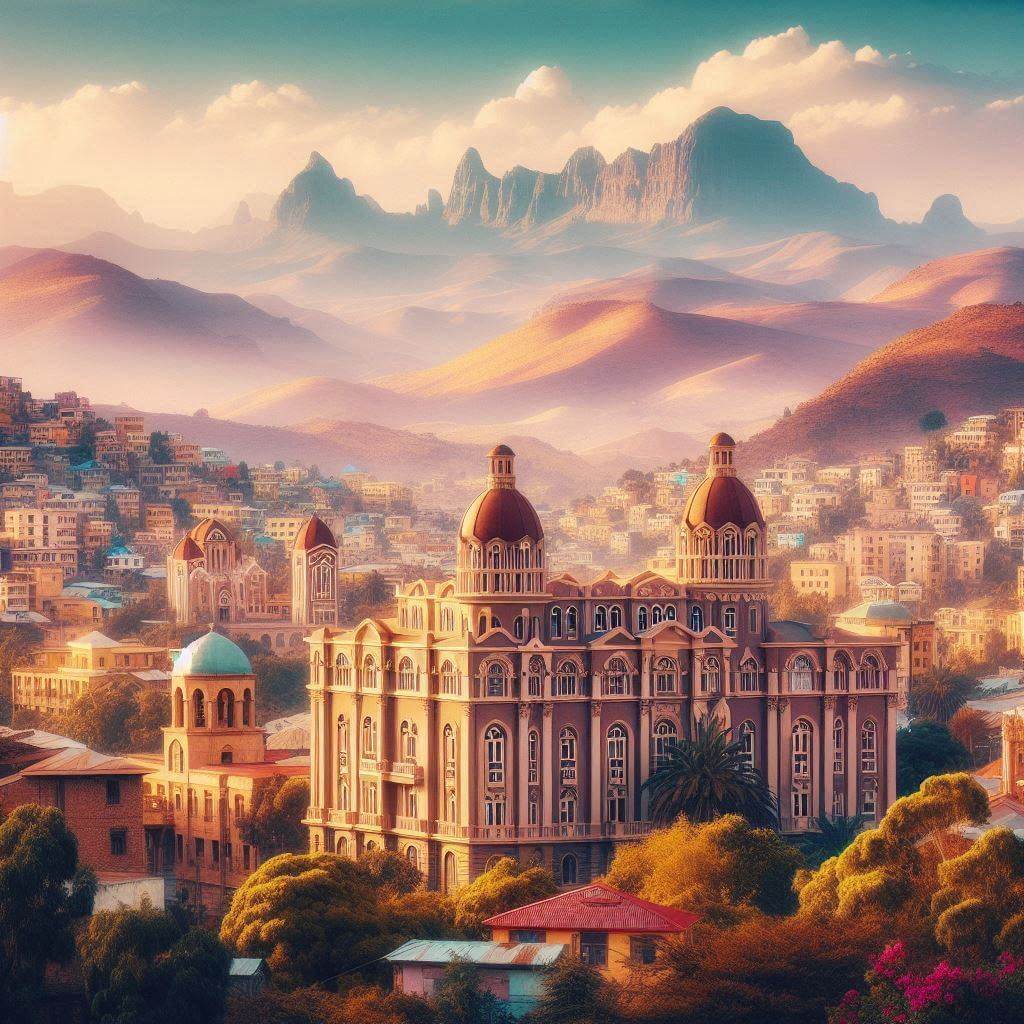 The current flag was officially adopted on December 5, 1995, two years after Eritrea gained independence from Ethiopia on May 24, 1993. The flag's design is deeply rooted in the country's struggle for independence, drawing inspiration from the flag of the Eritrean People's Liberation Front (EPLF), which led the 30-year war of independence against Ethiopian rule. This connection to the liberation movement imbues the flag with historical significance and emotional resonance for the Eritrean people.
The current flag was officially adopted on December 5, 1995, two years after Eritrea gained independence from Ethiopia on May 24, 1993. The flag's design is deeply rooted in the country's struggle for independence, drawing inspiration from the flag of the Eritrean People's Liberation Front (EPLF), which led the 30-year war of independence against Ethiopian rule. This connection to the liberation movement imbues the flag with historical significance and emotional resonance for the Eritrean people.
Symbolism and design of the Eritrean flag
Each element of the Eritrean flag carries profound symbolism. The red triangle represents the blood shed by freedom fighters during the independence struggle, honoring their sacrifices. The green triangle symbolizes the country's agricultural wealth and the fertility of its land, highlighting the importance of agriculture to Eritrea's economy and culture. The blue triangle represents the waters of the Red Sea, emphasizing Eritrea's coastal location and maritime resources. The gold wreath and olive branch within the red triangle symbolize peace, prosperity, and the hope for a harmonious future after years of conflict.
Usage and significance of the Eritrean flag
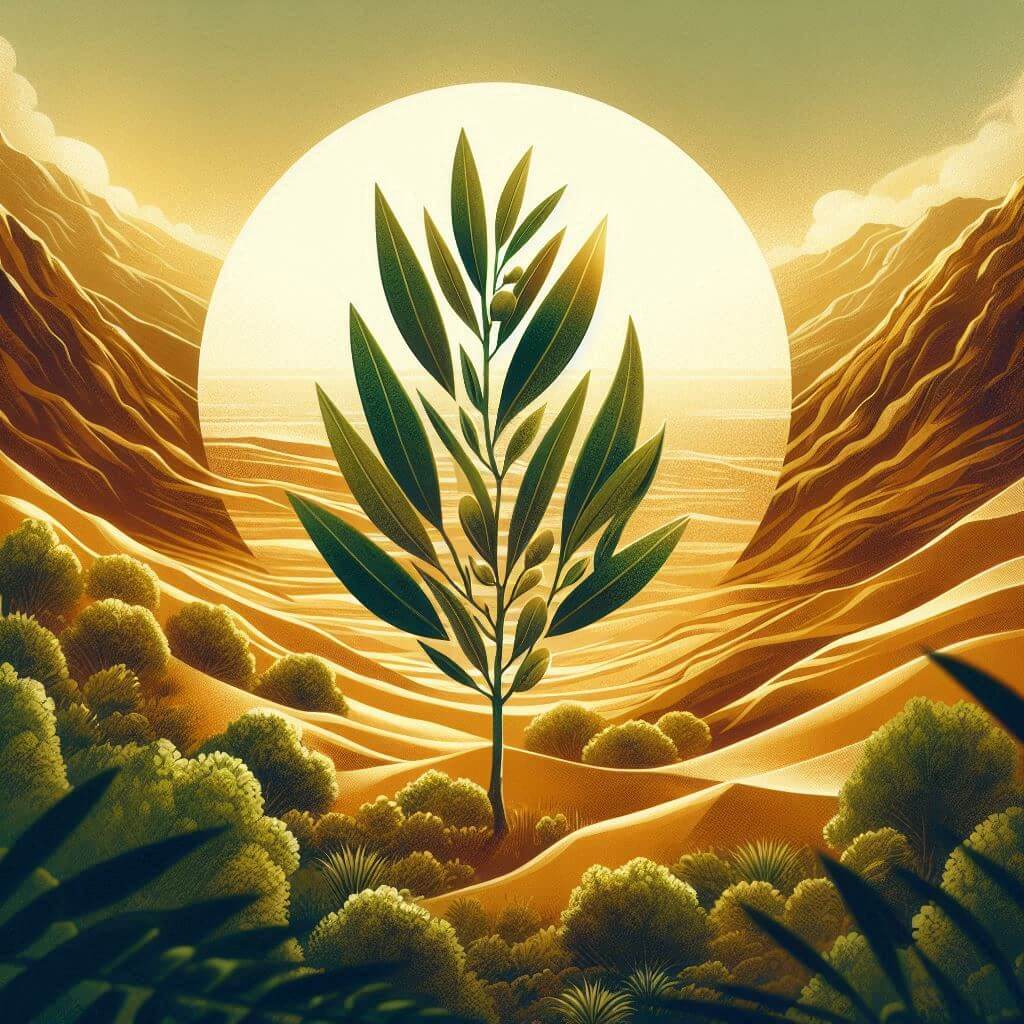 The flag of Eritrea serves as a powerful symbol of national identity, unity, and pride. It is prominently displayed during national celebrations, such as Independence Day on May 24th, and at government buildings, schools, and public spaces. The flag also represents Eritrea in international forums, diplomatic missions, and sporting events, showcasing the country's sovereignty and cultural heritage on the global stage. For many Eritreans, the flag is a reminder of their hard-won independence and a symbol of hope for the future.
The flag of Eritrea serves as a powerful symbol of national identity, unity, and pride. It is prominently displayed during national celebrations, such as Independence Day on May 24th, and at government buildings, schools, and public spaces. The flag also represents Eritrea in international forums, diplomatic missions, and sporting events, showcasing the country's sovereignty and cultural heritage on the global stage. For many Eritreans, the flag is a reminder of their hard-won independence and a symbol of hope for the future.
Interesting facts about the Eritrean flag
- The design of the flag is unique among African nations, with its triangular patterns making it easily recognizable. This distinctive design reflects Eritrea's desire to forge its own identity after gaining independence.
- The gold wreath in the flag's design is composed of olive branches, a universal symbol of peace. This element underscores Eritrea's aspirations for peaceful development and cooperation with neighboring countries.
- The flag underwent minor modifications in 2004 to standardize its proportions and ensure consistency in its representation. These changes were made to enhance the flag's visual impact and ease of reproduction.
- The colors of the Eritrean flag - red, green, and blue - are commonly found in many other African flags, reflecting a sense of pan-African solidarity while maintaining Eritrea's unique design.
- During Eritrea's federation with Ethiopia (1952-1962), a different flag was used, featuring a light blue field with an olive wreath. The current flag represents a complete break from this period and symbolizes Eritrea's full independence.
